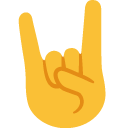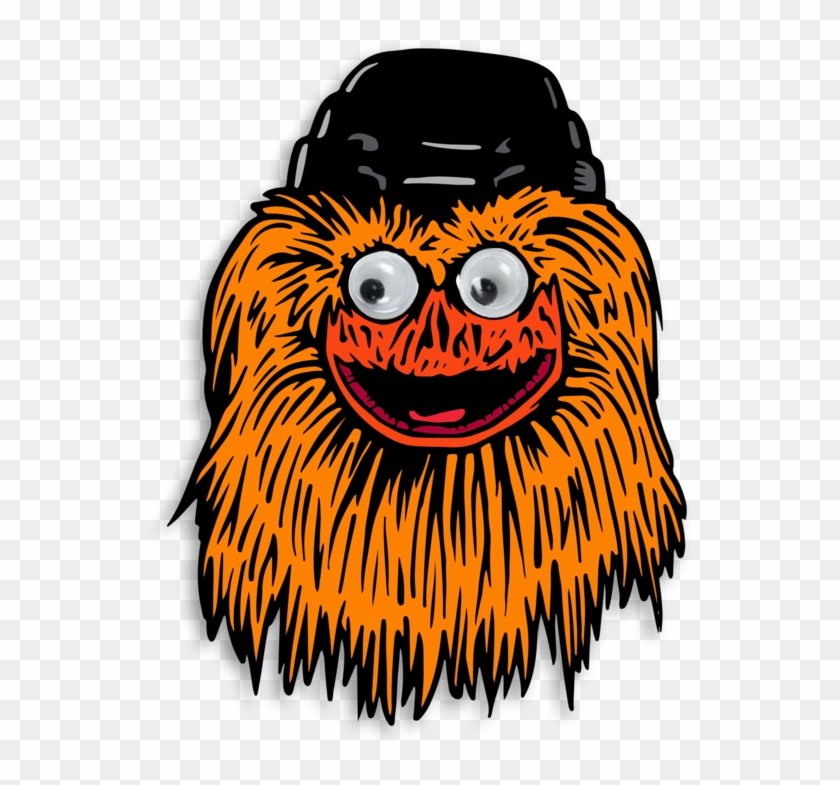Everything posted by Mole
-
Donald Trump 2020
I think the legal term of art is firstsies, as articulated in the landmark 1952 SC decision, Shotgun vs. Girlfriend.
-
The Stupidity of the Average American Voter
It’s obviously biased towards the winners as far as the status quo goes, but every writer (not to mention every historical person) has a perspective, which is just the more positive side of bias. The 1619 Project is biased, or it has a perspective worth exploring. The Trump patriot response has a perspective, or it’s biased. Some highly biased materials have great educational value; some less biased materials are garbage; everything has a perspective, even if it’s just the inherent bias of the status quo. We need to do a better job of reading and learning about perspectives and bias in a way that gives a rich understanding of the world. Bias is a reality, not the problem. How we deal with it is the problem. As to religion in schools, my middle school was very religiously diverse, with adherents to all of the major world religions and then some. We learned about various religions in class with kids adding their own personal experience. We sang Christmas carols, Hanukkah songs, etc. We participated in each other’s religious and nonreligious lives. It was a very humanizing way to learn about beliefs. It absolutely wouldn’t work in many communities, but it was a great way to learn. Be honest, how many of those discussions were on Zoom calls with Bill Gates and Fauci? You can’t fool me. I’ve seen Strange Brew like 50 times.
-
The Stupidity of the Average American Voter
I’m not sure that biased info is necessarily quite the problem. The problem is more in learning how to deal with bias. The answer isn’t the triangulation/syncretism that has become so popular (the truth doesn’t have to be in the middle). If you’re talking about education, history, for example, is on some level a study of the bias of each author. This can be rejected for “Patriotic Education”,accepted as some kind of historical solipsism, or it can serve to provide a rich and nuanced understanding of history. The same goes for any other subject. Beyond the surface level in any field or subject, bias is inevitable, but we’ve collectively done a terrible job of handling and understanding that bias. Of course, like winning, it’s actually really, really hard.
-
hey, no big deal, fbi busts attempt to kidnap michigan gov and overthrow the government
No snark, moderate Christians need to condemn Christian terrorism.
-
CR: COVID-19 --Political Talk
Even still, they need to take it as one tiny model of leadership.
-
Donald Trump 2020
“We can’t sanctify idolatry by labeling a leader our Cyrus. We need no Cyrus. We have a king. His name is Jesus.” Good line. I think it’s called parler.
-
Donald Trump 2020
The right thing would be to impeach him again. Doing so is also probably a huge politics loser, just like the president. It just feeds into the delusion that this “massive fraud” is being covered up. The wise play is probably to let the presidential tantrum burn itself out. You don’t get out of this situation without damage either way.
-
Right Wing Extremist Violence Thread
1. Donald Trump’s America 2. The DT thread is pretty quiet. I guess that means that this is a protest and not a riot. 3. The flag desecration capes are a nice touch.
-
The Batshit Insane QAnon Conspiracy Theory
I know spelling and all, but every time I hear the term, I can only think of: It’s an uncanny resemblance really.
-
the trump election lawsuit thread of dominance
Keep the Urban Meyer thread out of here.
-
Coaching Yute basketball- need some help from you fuckers
I’m late to this show but: 1. good for you in putting up with the parents for the sake of the kids 2. fundamentals and fun are key 3. you should teach the kids at least one play. It’ll be fun for them to signal and run and even more fun for you to watch. You could probably use it as a means to teach more fundamentals as well.
-
the trump election lawsuit thread of dominance
Remember that there’s a fine line between a healthy expression of justified anger and a visit by the police.
-
the trump election lawsuit thread of dominance
I’ve declared my 6 foot socially distanced radius to be the great state of Molestan I have also declared Molestan to have 1000 electoral votes. On Monday, the Molestan electors will cast their 1000 votes for Willie Nelson. You’re welcome, America. On Tuesday, the great state of Molestan will convene a subcommittee to investigate a less embarrassing name. I’ll submit that it’s still a better name than New California or New New Mexico or whatever.
-
THEY JUST MADE THE LIST
I can almost wrap my mind around Texans (and carpetbaggers) standing up for conservative values like meddling in the laws of other states, but those reps who are supporting the suit against their own voters: a portrait in betrayal.
-
Donald Trump 2020
Considering we’re having about one of those a day now, I’d say it’s no big deal anymore. I mean, some of those could get killed in a car wreck anyway.
-
the trump election lawsuit thread of dominance
Yeah, reading those weren’t good for my blood pressure. Certainty in a fantasy world breaks my brain. I need to take comfort in the thought that many of those are probably Russian bots.
-
The Surly Official 2020 Corching Search Thread of DOOM and DESPAIR
I hope the BMDs have the funds for the increased towel budget.
-
the trump election lawsuit thread of dominance
I'm not a lawyer, but I may have filed a case with the Supreme Court. Based on my extensive research on Google Translate, I think the proper legal term is quam habuerit botrum portassent. At least, this is what I would have used in all of my hypothetical filings.
-
Urban Meyer or bust
Not cool, man. Not cool.
-
Urban Meyer or bust
I thought the day shift crew was supposed to be the realists and the night shift was supposed to be full of delusion.
-
Urban Meyer or bust
Mr Wizard would be jealous of this fan fiction.
-
Urban Meyer or bust
Yeah, save that for the day shift. The night crew prefers to stay untethered from reality. My source says that while Herman will remain the coach in public, Urban Meyer has been named “shadow coach.” That way we get to keep the charm of coach MENSA while coach Meyer serves as the puppet master. I know it sounds crazy and pointless, but my source is a level 9 Thetan.
-
the trump election lawsuit thread of dominance
Then I need to go get tested.
-
Urban Meyer or bust
In your defense, CDC announcing that he’s firing Urban Meyer right now would take some balls.
- Urban Meyer or bust



